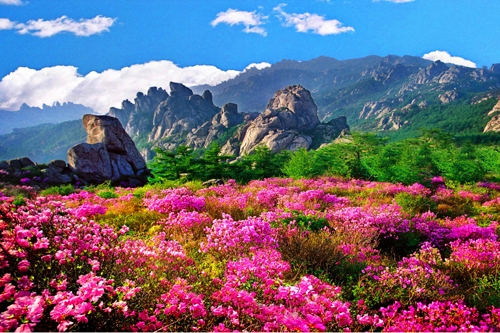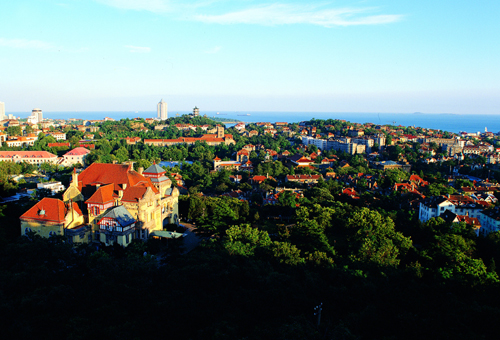News
Next five years are crucial for developing a better society
By Zhang Zhao (chinadaily.com.cn)
Updated: 2011-05-24 10:56
 |
Large Medium Small |
 |
|
Laoshan Mountain, a prominent feature of the landscape. Photos provided to China Daily |
 |
| One of the more popular historic landmarks. Photos provided to China Daily |
Qingdao has a global vision and strategy and has come up with plans for its population, industries and resource management over the next three to five decades.
For the past several years, the city government has spent a lot of time improving its infrastructure, and built roads, bridges, tunnels, railroads, a subway system, and a new airport.
Now, thanks to its marine research advantages, the city’s blue economy — focused on maritime industries — has become a part of the national strategy, with emphasis on manufacturing, services, and emerging sectors.
The government has plans for 14 major industrial parks in six key industrial zones. It also has close ties with other economically advanced parts of China, such as the Yangtze River Delta, for mutual benefits.
The government says that the next five years are “a crucial period” for developing a well-off, energy-saving, eco-friendly society.
The city’s GDP is expected to grow at a rate of 11 percent over the period, to 1 trillion yuan ($154.1 billion) by 2015. And service industries will contribute 57 percent of that.
The coastal city wants to increase its cargo handling capacity to 18 million containers during the same period and its airport so that it can handle 18 million passengers a year.
The city is involved in a pilot project to integrate the Internet and TV and telecom networks.
Meanwhile, its industries will get involved in recycling, while local officials work to reduce pollution, and cut energy consumption and carbon dioxide emissions.
They plan to give equal attention to countryside and urban development, so that about 55 percent of urban GDP comes from rural production.
The city is working on a people-oriented development model that integrates the urban and the rural to produce a city that "its people are happy to live in."
The net income of urban and rural people will grow by more than 11 percent over the next five years and the city will find 750,000 new jobs, while holding unemployment to below 4 percent.
The heating and water system along with public transportation will need to be improved. Social security, which used to cover only urbanities, also needs to be expanded.
At the same time, education is getting greater attention from the government, which wants more than half of school-aged young people to enter college.
Qingdao will host the World Horticulture Expo in 2014, and the government sees this as a good opportunity to project its image globally, while increasing its reputation.
| 分享按钮 |